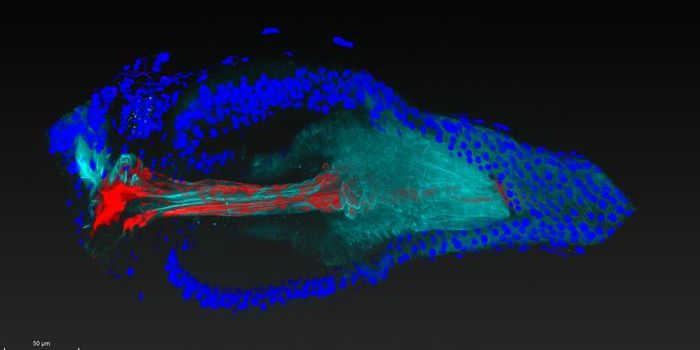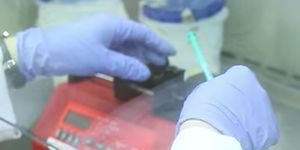Using Bacteria to Help Power Space Missions
There are microorganisms that have found a way to use electricity for power, using structures that reach out from their surfaces over long distances and move electrons. Researchers at NASA’s Ames Research Center in Silicon Valley want to harness that organic technology to generate power for missions in space. Those microbes could do more than just make electricity as well; they could make medicines, or treat waste, for example. The technology is going to be tested in an experiment on the International Space Station; the research project is described in the video.
In humans, electrons are transferred to oxygen molecules to generate energy. Moving electrons is an essential skill for organisms, including a bacterium called Shewanella oneidensis MR-1. In 2009, researchers at Ohio State University determined that this microbe has a unique ability to use metal like manganese or iron as a plan B for making energy when there isn’t much oxygen around.
Shewanella is a bacterium that can form a biofilm, a tough community of microbes that grows like a slime on surfaces. John Hogan and Michael Dougherty led a team in the division of Space Biosciences at Ames to learn more about that biofilm. The Shewanella biofilm tends to grow on surfaces that contain metal, like rocks.
The extensions that protrude from the microbe, bacterial nanowires, are only around ten nanometers, or 10,000 times thinner than our hairs. These nanowires can move electrons like an electrical cord over long distances and may enable these microbes to transfer electrons to other members in their bacterial community. Researchers were inspired to exploit these abilities, and may help us find a way to generate power for long missions in space.
Micro-12 is a study that will assess the how Shewanella performs in space. They will check to see if it moves electrons at the same speed as it does on Earth, and how space impacts biofilm formation. The Ames team is launching their experiment on a Space X resupply mission. The data that is obtained will help lay the foundations for how microbes are used in space exploration in the future.
Source: NASA









